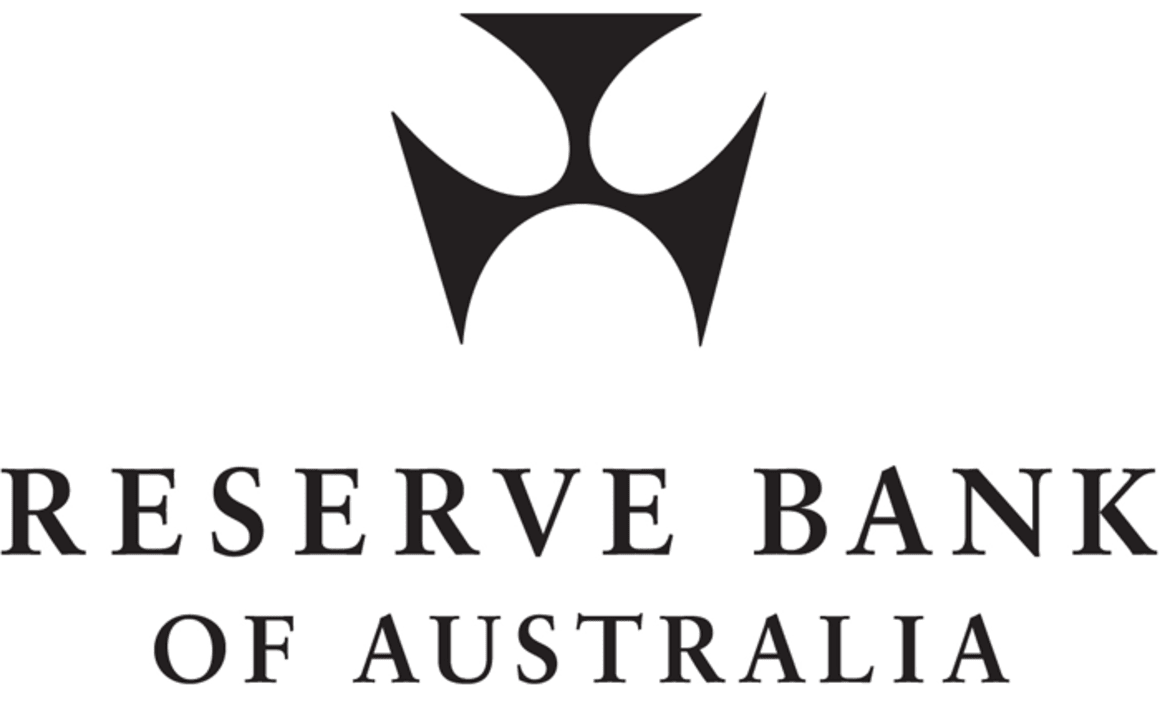Signs that Sydney and Melbourne housing markets slowing: RBA Governor

RBA Governor Philip Lowe says that there are some signs of a slowing in the housing markets in Sydney and Melbourne, although these signs are not yet definitive.
In a speech today to the House of Representatives Standing Committee on Economics, Governor Lowe said the central bank was closely watching the housing market.
“Conditions continue to vary significantly across the country. The Melbourne and Sydney markets have been much stronger than elsewhere. There are some signs of slowing in these two markets, although these signs are not yet definitive,” he said.
“In some markets, a large increase in the supply of new dwellings is expected over the next year as new buildings are completed. This increase in supply is expected to have an effect on prices.”
He highlighted regulatory measures by the Australian Prudential Regulation Authority and the RBA’s focus on containing financial risks.
“Our assessment is that the various supervisory measures – including a focus on lending standards and placing limits on investor and interest-only lending – will work to strengthen household balance sheets over time. Financial institutions have adjusted to the new requirements and these requirements are contributing to the resilience of the system as a whole.”
The prudential regulators steps to restrict bank lending for interest-only loans was in response to heightened risks from the hot property market and to ensure that banks maintain adequate capital.
Banks have raised interest rates for investment lending and also interest-only loans, while offering incentives to owner occupiers and encouraging principal and interest-only loans.
Lowe noted the increase in spending on public infrastructure, particularly transport, which is having some positive spin-offs elsewhere in the economy.
But the bank was still concerned about household debt levels.
“In my view, the underlying drivers of the slower wage growth in Australia are much the same as we are seeing overseas.
"At the same time, the household sector is also dealing with higher levels of debt relative to income.
"Higher electricity prices are also affecting household budgets.
"This all means that consumer spending behaviour is something we continue to watch carefully.”